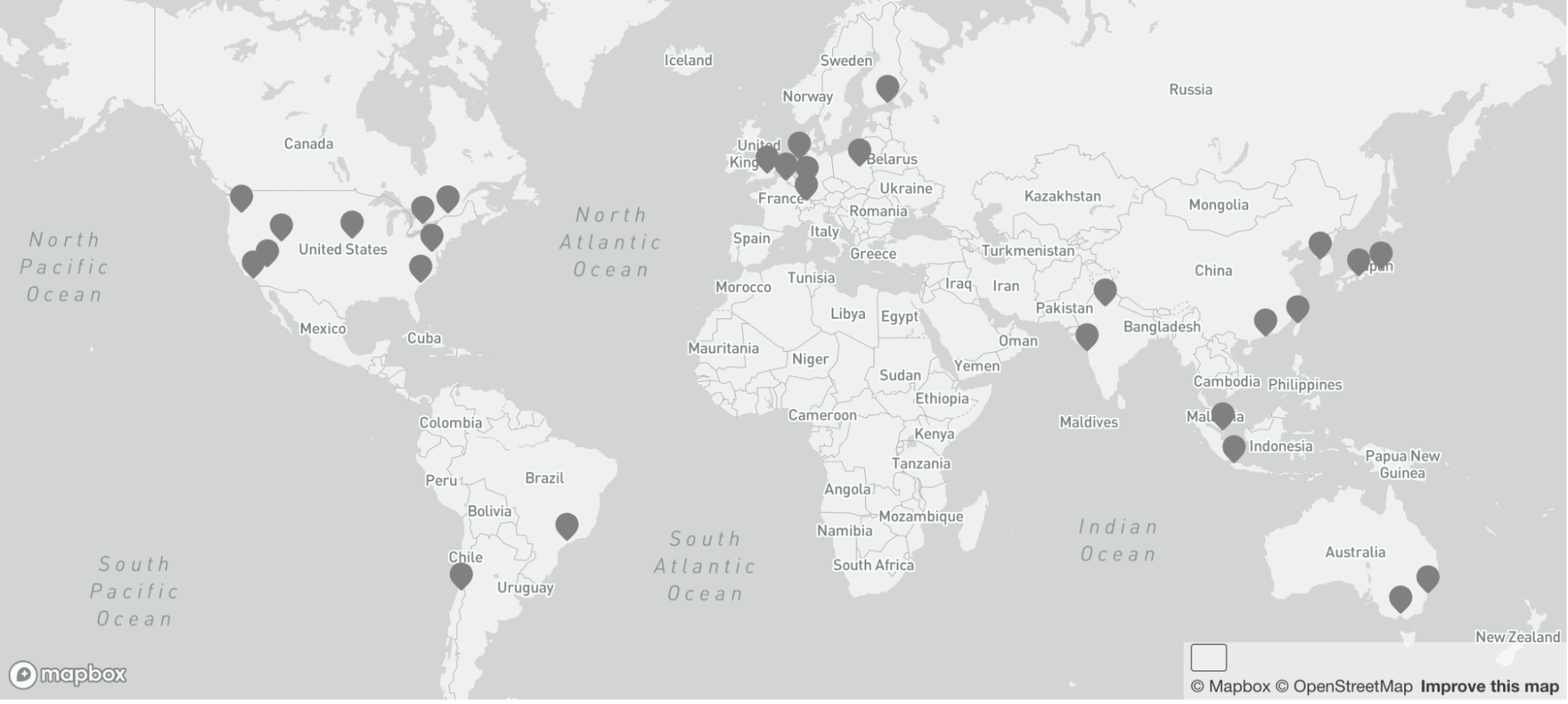Origin vs Edge
The origin server plays a vital role in delivering the HTML response and associated resources to visitors. It serves as the primary source of content for your website and is typically the eCommerce platform you are using, such as Magento or Shopify.
When a visitor makes a request to your website, the origin server receives that request and generates the HTML document and other resources needed to fulfill it. These resources can include images, CSS files, JavaScript files, and more. The origin server collects and assembles all the necessary components to form the complete webpage that will be sent back to the visitor's browser.
It's important to note that even on large eCommerce platforms, origin servers are centralized in specific regions. This means that regardless of where your visitors are located, their requests are typically routed to a limited number of data centers where the origin servers reside. This centralized architecture can introduce latency and longer response times for visitors located far from the data centers.
To address this challenge and improve the performance of your website globally, Edgemesh® Server leverages its edge caching infrastructure. By caching and delivering the HTML responses and associated resources at the edge of the network, closer to your visitors, Edgemesh® Server significantly reduces latency and speeds up the delivery of your website content. Edgemesh®'s servers are within 50 milliseconds of 95% of the global internet - ensuring your customers get optimized experiences, anywhere on the planet.

Edge servers are a crucial component of the distributed network infrastructure employed by Edgemesh® Server. These servers are strategically positioned in key locations worldwide, often within major internet providers. Unlike origin servers, which generate content upon receiving a request, edge servers are designed to quickly serve cached content.
The primary objective of edge servers is to reduce latency and accelerate the delivery of content to end users. Instead of generating content on the fly, edge servers store and serve cached copies of previously requested responses. This caching mechanism allows subsequent requests for the same content to be fulfilled directly from the edge server, eliminating the need to retrieve the content from the origin server.
By distributing edge servers in various geographic locations, Edgemesh® Server brings content closer to users, minimizing the distance data needs to travel. This proximity enables faster data transfer and significantly reduces the time it takes for users to receive the content they request. Edge servers operate on the principle of serving content as quickly as possible, leveraging their cache of recent responses to optimize performance.
By leveraging the power of edge servers, Edgemesh® Server optimizes content delivery, reduces latency, and enhances website performance, enabling users to access content more quickly and efficiently.

Edge servers play a crucial role in reducing the load on origin servers and improving the overall performance of web resources. By caching static assets such as images, HTML, and JavaScript files, edge servers bring this content closer to the requesting client devices, minimizing the time it takes for these resources to load.
Edgemesh® Server takes this caching mechanism to a higher level by significantly increasing the amount of content that can be cached and accelerated. Traditionally, dynamic and un-cacheable content posed challenges in terms of caching and optimization. To address these legacy limitations, Edgemesh® Server employs various strategies to automate the revalidation of dynamic content, ensuring that it remains fresh while still benefiting from the speed and efficiency of caching.
With the ability to cache and serve previously dynamic content, Edgemesh® Server optimizes the delivery of web resources, reducing latency and improving the overall user experience. By bringing content closer to the end user through edge servers, the time required to retrieve and load resources is significantly reduced, resulting in faster page rendering and improved performance.
The automated revalidation of dynamic content ensures that changes made to such content on the origin server are promptly reflected and delivered to users. This approach strikes a balance between keeping content up to date and maintaining fast response times. By automating this process, Edgemesh® Server enables dynamic content to benefit from caching and acceleration, similar to how traditional static content is handled.
Overall, the combination of edge server caching and intelligent revalidation of dynamic content allows Edgemesh® Server to deliver a superior browsing experience, with faster loading times and improved performance for a wide range of web resources.